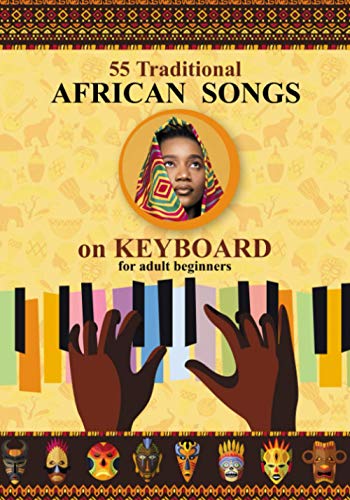Unique Rhythmic and Acoustic Qualities of Water Drums in Baka Music Culture

Water drums, known as likuende by Cameroonian Baka and èkonda by Gabonese Baka, are one of the most fascinating musical practices of the Baka people of African countries of Cameroon and Gabon. This music is primarily performed by women in streams and ponds of the rainforest, and it involves hitting, pressing, moving, and stirring water with the hands or other parts of the body to create a continuous, regular base.
Water drums are typical not only of the Baka but also of other peoples of the western Congo basin, whether they are hunter-gatherers or not. This musical pastime involves repeating indefinitely different rhythmic patterns that, when combined, create a unique sound texture. The performers may sing or rhythmically pronounce words to accompany the water-originated patterns, but the most common form of this musical activity is purely instrumental.
Water drums can be classified as idiophones, membranophones, or plosive aerophones. However, some researchers suggest creating a separate classification for instruments that use liquids as the vibrating material. The sound produced by water drums is a mix of indistinct gurgling and waves splashing against the performers' hands. The performers use specific techniques to control the rhythm and melodic aspects of the patterns, making the music more complex than it seems.
Water drums are unique because of the fluid nature of the vibrating material and the expressive potential that comes with the performers' ability to control the strength, speed, and depth of their percussive movements. Despite facing social and cultural changes, the Baka's musical practices, including water drums, have remained largely unaffected, and the water drums continue to be one of the most important parts of the African musical tradition.
Picture from bakabeyound Youtube channel

